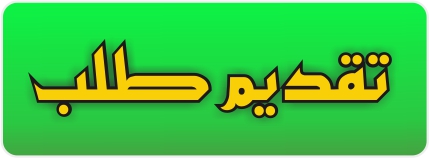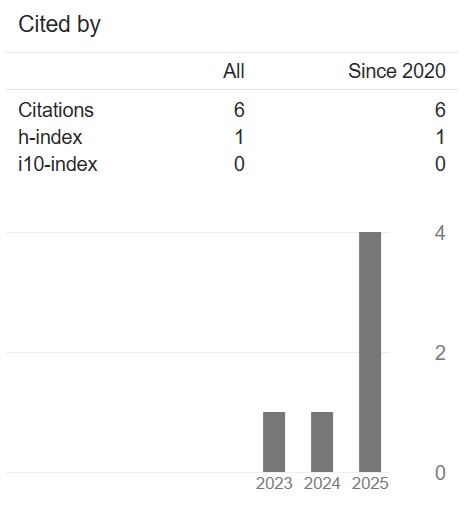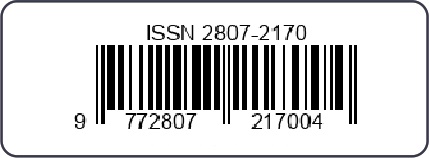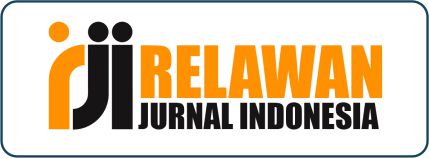التحليل التقابلي بين اللغتين العربية والإندونيسية في المفعول به
A Contrastive Analysis of Arabic and Indonesian in the Study of Mafʿūl Bih (Direct Object)
DOI:
https://doi.org/10.36701/bashirah.v6i1.1817Keywords:
Mafʿūl Bih, Contrastive Analysis, Indonesian Language, Arabic LanguageAbstract
This study aims to examine the concept of mafʿūl bih (direct object) in Arabic and Indonesian, focusing on similarities and differences between the two languages and describing their respective usage methods. It also seeks to contribute to addressing the difficulties and errors faced by Indonesian-speaking learners of Arabic, especially in understanding and applying the concept of mafʿūl bih. The study is limited to comparing formal Arabic (fuṣḥā) and standard Indonesian in terms of the mafʿūl bih, using a descriptive-analytical-comparative method. The analysis involves three main steps: first, a linguistic description of mafʿūl bih in both languages; second, identification of similarities and differences; and third, prediction of potential learning difficulties arising from those differences. Key findings include: both languages share common features, such as mafʿūl bih being an additional element in the sentence and its ability to occur more than once and typically at the end. However, differences include Arabic allowing up to three direct objects for some verbs, while Indonesian generally limits this to two. Furthermore, mafʿūl bih in Arabic is identified by grammatical case markings (ʿirāb), whereas in Indonesian, it is identified by sentence position. Arabic also allows three structural variations of mafʿūl bih, while Indonesian generally maintains a fixed structure. These differences represent major obstacles for Indonesian-speaking learners of Arabic.
Downloads
References
Abduh al-Rajihi. Al-Tatbiq al-Nahwi. Al-Dar al-Jami'iyyah, Alexandria, 1991
al-Ansari, Ibn Hisham. Sharh Qatr al-Nada wa Bal al-Sada, tahqiq oleh H. al-Fakhuri. Dar al-Jil, Beirut, cetakan pertama, 1988.
al-Azhari, Khalid bin Abdullah. Sharh al-Tashrih 'ala al-Tawdih. Dar Ihya' al-Kutub al-'Arabiyyah, Cairo, tanpa tahun.
al-Suyuti, Jalal al-Din. Hama' al-Hawami' Sharh Jam' al-Jawami'. Maktabah al-Kulliyat al-Azhariyyah, Cairo, cetakan pertama, jilid 1
Asmah Hj Omar. Nahu Melayu Mutakhir. Kuala Lumpur: Dewan Bahasa dan Pustaka, 1986.
Hijazi, Mahmud Fahmi. Madkhal Ila 'Ilm al-Lughah: al-Majalat wa al-Ittijahat.
Karim, Nik Sapiah et al. Tatabahasa Dewan. Kuala Lumpur, 1993.
Pusat Pembinaan Badan Pengembangan dan Pembinaan Bahasa, Kementerian Pendidikan dan Kebudayaan. Seri Penyuluhan Bahasa Indonesia: Kalimat. Jakarta: Kementerian Pendidikan dan Kebudayaan, 2015.
Putrayasa, I Gusti Ngurah Ketut. Jenis-Jenis dan Pola Kalimat Bahasa Indonesia. Universitas Udayana, Fakultas Sastra dan Budaya, Jurusan Sastra Indonesia, Tahun Ajaran 2015/2016
Salih, Subhi. Dirasat fi Fiqh al-Lughah. Dar al-'Ilm al-Malayin, Beirut, 1980.



.jpg)









